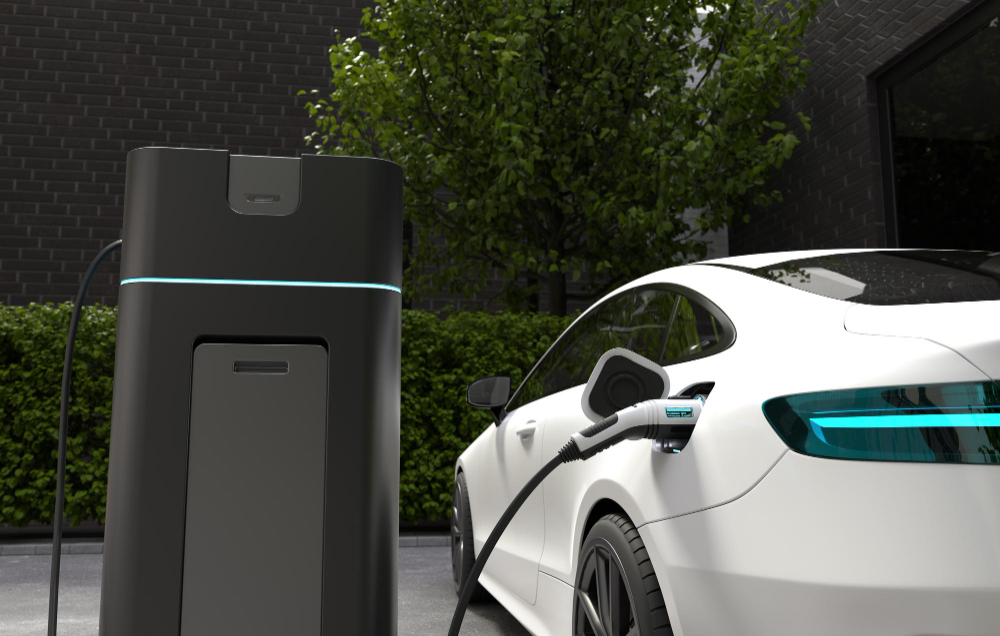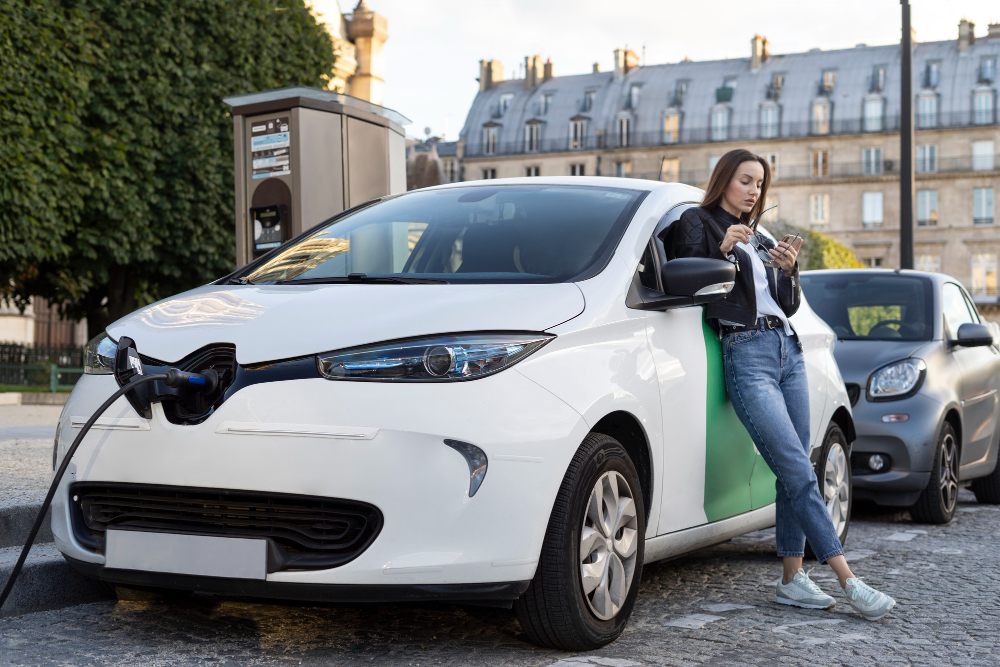How Do Electric Cars Work?
In an era where sustainability and innovation drive the automotive industry, electric cars—also known as electric vehicles (EVs)—have surged in popularity. As of 2025, global EV sales have exceeded 20 million units annually, with advancements in battery technology making them more accessible and efficient than ever.
Unlike traditional gasoline-powered vehicles that rely on internal combustion engines, electric cars operate on electricity stored in high-capacity batteries, converting it into mechanical energy to propel the wheels. This shift not only reduces emissions but also offers a smoother, quieter driving experience. But how exactly do these vehicles function under the hood?
Electric cars represent a fundamental departure from the century-old internal combustion engine (ICE) model. In a conventional car, fuel is burned in the engine to create explosions that drive pistons, ultimately turning the wheels.
EVs, however, eliminate this complexity by using electricity as their sole or primary power source. The core idea is simple: electricity from a battery powers an electric motor, which turns the wheels directly. This efficiency means fewer moving parts—typically around 20 in an EV motor compared to over 200 in an ICE—resulting in lower maintenance costs and higher energy conversion rates, often exceeding 90%.
Pioneered by companies like Tesla and traditional automakers such as Toyota and Ford, EVs come in various forms, including Battery Electric Vehicles (BEVs), Plug-in Hybrid Electric Vehicles (PHEVs), and Hybrid Electric Vehicles (HEVs), each tailored to different needs.
Key Components of an Electric Car
At the heart of every electric car there is a sophisticated system of components that work together to deliver power and performance. The primary element is the battery pack, usually a lithium-ion battery, which stores electrical energy. In 2025, advancements like solid-state batteries are emerging, promising higher energy density and faster charging times, with some models achieving up to 500 miles of range on a single charge.
These batteries are typically mounted under the vehicle’s floor for better weight distribution and safety, consisting of thousands of individual cells grouped into modules.
Next is the electric motor, which converts electrical energy into rotational force, or torque. Most EVs use AC (alternating current) induction motors or permanent magnet synchronous motors. For instance, Tesla’s drive units integrate the motor, inverter, and gearbox into a compact assembly, providing instant torque from zero RPM, which explains the rapid acceleration EVs are famous for—many can go from 0 to 60 mph in under 3 seconds.
Comparison: A Nascar V8 powered car with a combustion engine can reach 0-60 in 3.4 seconds.

Electric Car Prices in 2025:
As we hit September 2025, electric vehicles (EVs) continue to reshape the automotive landscape, driven by advancements in battery technology, expanding charging infrastructure and customer adaptability. While EVs were once seen as premium purchases, prices have been steadily declining, making them more accessible to the average buyer.
The average transaction price for a new EV stands at $55,544 or £41,033.22, which is about 12% higher than the overall new car market average of $49,740 or £36,745
This premium has narrowed from 16% in 2024 and 8% in 2023, reflecting increased competition and production efficiencies.
However, with tax credits potentially expiring soon and used EV prices showing slight upticks, understanding the current pricing dynamics is crucial for potential buyers. This article explores average prices, the cheapest options, top deals, and influencing factors to help you navigate the EV market.
Advantages, Challenges, and the Road Ahead
Electric cars offer numerous benefits: zero tailpipe emissions, lower operating costs (electricity is cheaper than gas/petrol), and instant torque for exhilarating drives. They also contribute to energy independence by leveraging renewable sources. However, challenges persist, including higher upfront costs, though incentives like tax credits help, and infrastructure gaps in rural areas.
Looking to the future, 2025 marks a tipping point with autonomous features, vehicle-to-grid tech allowing EVs to power homes, and recycling programs for batteries. As adoption grows, electric cars aren’t just vehicles—they’re harbingers of a cleaner, smarter mobility era.
Cheapest Electric Cars in 2025
For budget-conscious buyers, 2025 offers several EVs under $50,000 or £37,000, blending affordability with practical features like decent range and modern tech. Here’s a ranked list of the cheapest options, based on starting prices
- 2025 Nissan Leaf – $29,635 or £21,900
A pioneer in the EV space, the Leaf offers a roomy cabin and comfortable seats but is limited by a shorter range (around 149-212 miles) and slower charging - 2025 Hyundai Kona Electric – $34,470 or £25,450
Packed with features and style, this subcompact SUV provides up to 261 miles of range, making it a value-packed choice for urban drivers. - 2025 Chevrolet Equinox EV – $34,995 or £25,900
With competitive range (up to 319 miles) and straightforward A-to-B transportation, it’s ideal for families seeking reliability without frills. - 2025 Toyota bZ4X – $38,520 or £28500
Toyota’s entry boasts solid build quality but is hampered by limited highway range (around 252 miles). - 2025 Ford Mustang Mach-E – $39,990 or £29530
This electric SUV combines sporty handling with up to 320 miles of range, appealing to performance enthusiasts.
